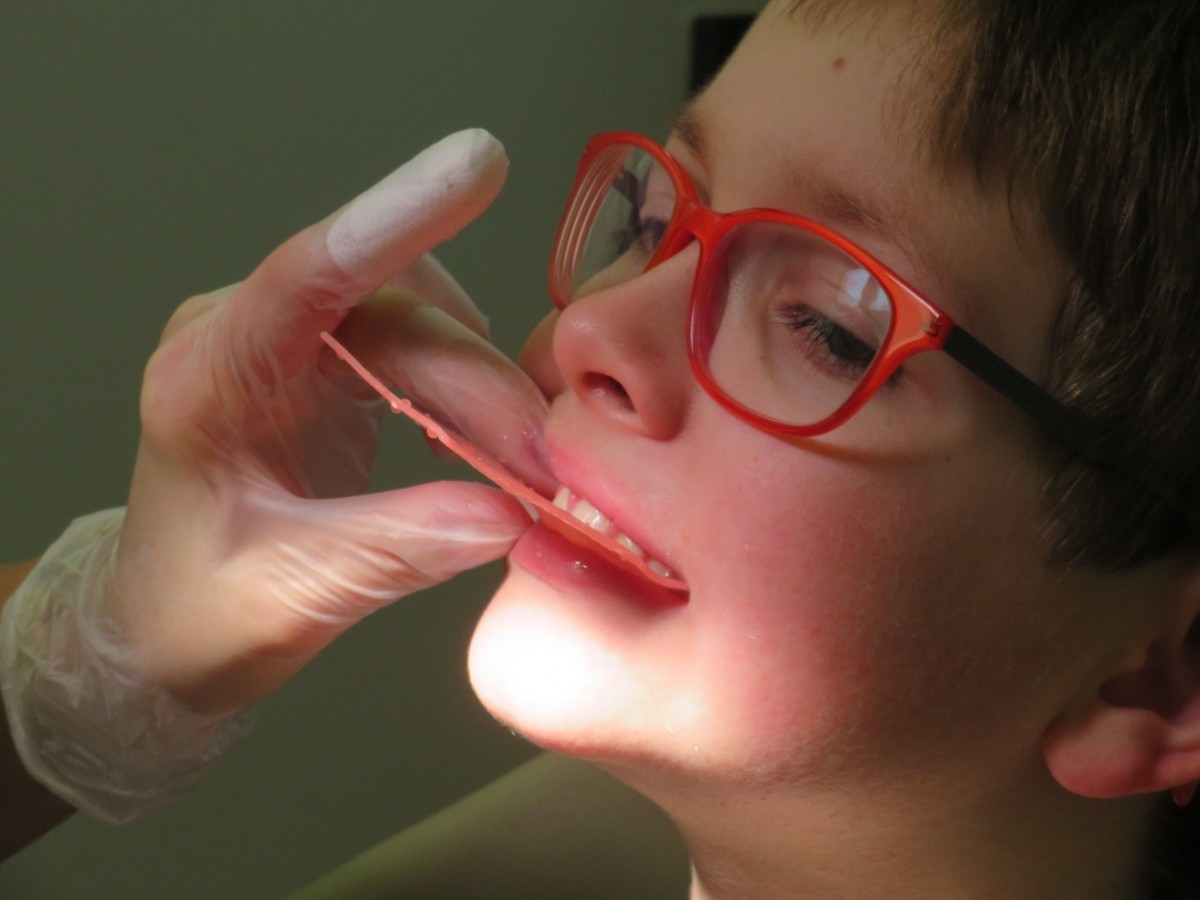Table of Contents
First question of most of the people who wants to have go for braces “Will it hurt to have braces”. Undoubtedly, orthodontic treatment affects an individual’s appearance, speech, ability to take in nutrition, and their social interactions. Pain experience is reported by 91% to 94% of patients undergoing orthodontic treatment.
Not only orthodontic treatment, every treatment needs patient compliance. Perhaps, anticipation of pain associated with orthodontic treatment can give hiccups to patient’s decision to go for orthodontic treatment than any other factor mentioned above. This may be a major reason of concern for patients, guardians, and clinicians and sometimes is a reason for untimely termination of ongoing treatment.
Treatment with braces is an active treatment, an Orthodontist glues brackets on teeth to which wires are engaged to apply forces to move teeth into desirable position, so its obvious to have mild discomfort and pain. Pain relatively starts within four hours, increases over the next 24 hours, and decreases within seven days after initial bonding. Thus, the intensity of pain and discomfort is high during initial phase of treatment, tapers down as the time passes by and patient gets used to the ‘Foreign object’ in the mouth.
The pain may be high every time your orthodontist makes adjustments in three or four weekly appointment. But perception of pain is a subjective response, which shows large individual variations. Response may range from feelings of pressure, tension, soreness of the teeth to pain. Not only pain duedto archwire activation, Orthodontic pain can originate from mucosal ulcer, tongue discomfort and gingival lesion, caused by orthodontic appliance
Factors which are responsible for large individual variation are age, gender, individual pain threshold, the magnitude of the force applied, present emotional state and stress, cultural differences, and previous pain experiences. Also, discomfort or pain may vary in intensity and duration.
Why does it pain with braces?
Orthodontic pain, an inflammatory pain, shares many similar features with common inflammation.
Periodontal ligament is a network of fibers running in different directions and attach the tooth to surrounding bone. When force is being applied to tooth in orthodontic treatment, periodontal ligament is compressed in some areas and stretched at other point. Along with stretching and compression there are changes in blood flow, and resulted ischemia and inflammation due to release of inflammatory mediators such as histamine, bradykinin, prostaglandins, serotonin, and substance P are released, resulting in patient pain.
Pain after orthodontic appointments can be perceived as discomfort, dull pain and hypersensitivity in affected teeth.
11 Tips to ease brace pain after orthodontic appointment
- Eat soft food
Avoid food which is hard in consistency as pain after orthodontic archwire activation will be aggravated by food, hard in consistency due to moderate to extreme difficulty in chewing and biting foods of a firm to hard consistency. Eat food which is soft in consistency. - Warm saline rinses
Salt water also helps to heal the sores, cuts and ulceration in your inner mouth and gums caused by components of braces. - Mechanical approaches
- Vibration
Vibration is applied to teeth through a vibrating device that is placed in their mouths. - Chewing gums
This will temporarily displace the teeth sufficiently to allow blood to flow through compressed areas preventing a build up of metabolic products. Make sure the gum is low tack (less sticky) and sugar-free. Chewing gum can decrease caries risk too, by increasing salivary flow, which helps clear food and dilute acid away from your teeth.Aspergum—a weak analgesic chewing gum with aspirin, after orthodontic mechanotherapy. - Biting wafers
- Acupuncture
Acupuncture is performed through inserting systemic needles at Hegu (LI4), which is located at the dorsum of the hand between the first and second metacarpal bones. - Pharmacological approach
- Pain killers
Non-SteroidalAnti-Inflammatory Drugs (NSAIDs) is the preferred method of pain control which is related to fixed orthodontic appliances.These drugs effectively reduce the discomfort and pain caused by appliances by inhibiting or at least reducing the inflammatory response caused by the applied force. - Use an oral analgesic gel
An oral analgesic gel can be applied to your gums and teeth to help alleviate any discomfort. These pain relievers can be purchased over-the-counter and are topically applied so that you can direct the medication as needed. Anesthetic gel ‘oraqix’, Combination of lidocaine and prilocaine in 1:1 ratio by weight. - Orthodontic wax
This tasteless wax is simply placed on your braces in problematic areas to prevent the metal from irritating your mouth.




